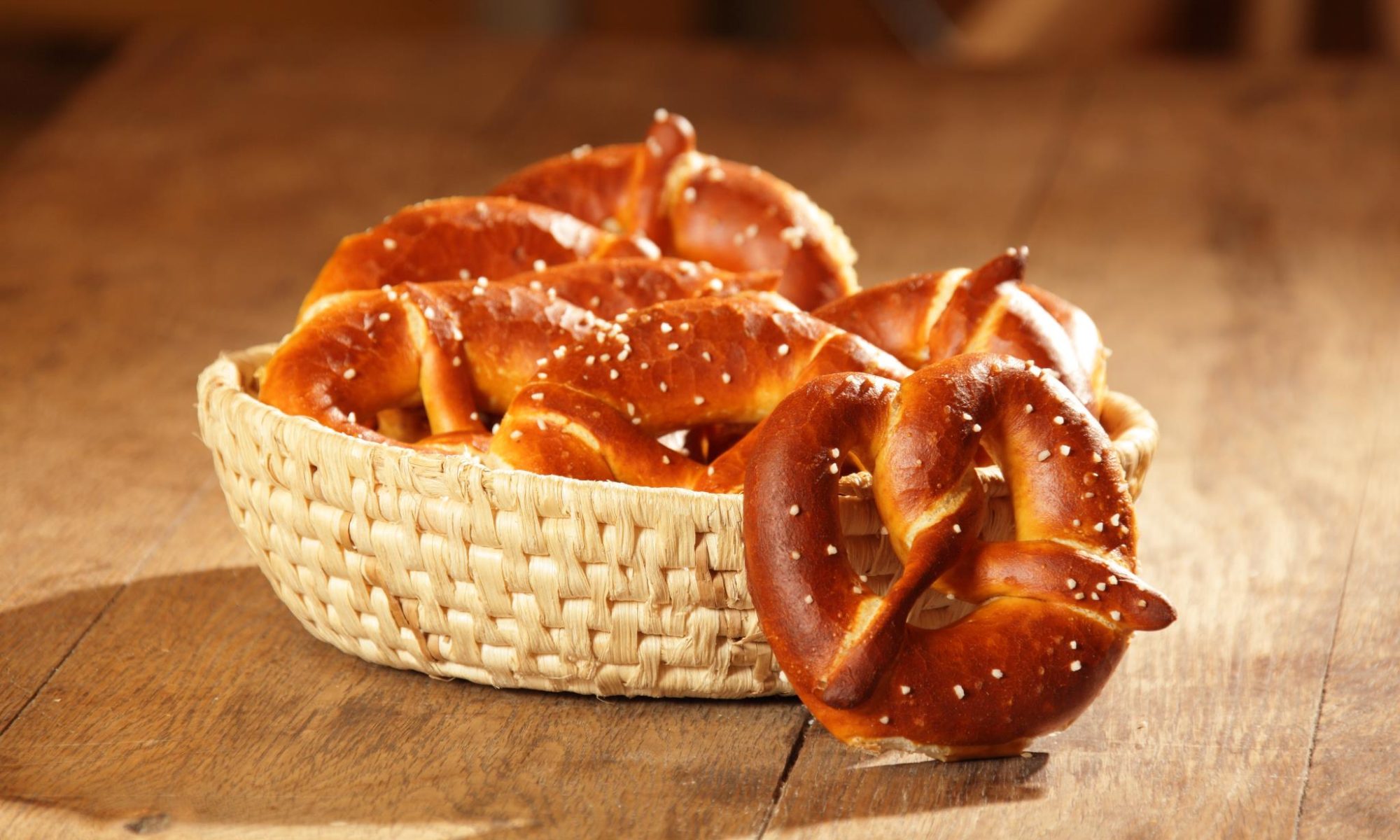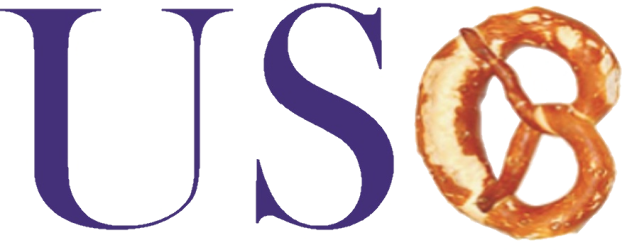In FIG. 4(a) gasoline nozzles 50 are revealed, which are positioned on the stress area 32 of each vane 3. The six gasoline nozzles 50 of 1 vane 3 include positioned in a basically straight or straight line, basically synchronous or parallel to your top rated 38, in the upstream third of vane 3, for example. into the fuel access area 34.
In FIG. 4(b) the gas nozzles 50 is positioned about pressure side 32 as described above and, additionally, the sucking part 31 will get nozzles 50. The gas nozzles 50 throughout the suction side 31 may also be arranged during the petrol entry part 34, such one gasoline nozzle 50 from the sucking part 31 are face-to-face one nose 50 from the pressure area 32 of the same vane 3.
Fuel treatment through gasoline nozzles 50 on both edges 31, 32 results in a greater mixing quality, as energy inserted from pressure part 32 try pushed of the movement toward the minimum radius Rmin, therefore filling up the inner a portion of the annulus, while gasoline injected from sucking area 31 try powered radially outwardly toward Rmax, thus filling up the external part of the annulus. The unmixedness from the fuel-air mixture after premixing with swirler 43 are reduced by an aspect of around 10 whenever changing from one-side fuel treatment to two-side gas injection.
FIG. 5 demonstrates the (non-dimensional) pressure fall Dp* with as a purpose of the swirl amounts Sn from tests and CFD calculations. They clearly indicates that the pressure fall Dp* reduction for modest swirl figures sn.
This is is really that unmixedness are zero (U=0) for totally molecularly premixed condition plus one (U=1) for molecularly segregated circumstances
FIG. 6 reveals the dependency associated jackd with the swirl numbers sn regarding the parameter I? for I±(Rmin)=20 degrees and I±(Rmax)=50 degrees. It is evident that a I?-value of approximately 7 might be picked to attain minimal swirl range about 0.4 for vortex description. I.e. with I?a‰?7 vortex malfunction are gained with sna‰?0.4.
s n = a?« roentgen MIN roentgen MAX a?? U a?? a?? W a?? a?? R 2 a?? a?? a…† R roentgen maximum a?? a?« R minute R MAX a?? U 2 a?? a?? roentgen a?? a?? a…† R using radius for the swirler R, the axial component of the rate U and tangential the different parts of velocity W at distance.
FIG. 7 reveals in (a) and (b), from a downstream end, examples of an annular combustors with burners 1 comprising swirlers 43 with swirl vanes 3 with a discharge stream direction I± relating to creation. The burners 1 include distributed just as spread on circle round the center axis of a gas turbine and discharge the combustible combination of energy and fuel into an annular combustor. For the instance found in FIG. 7(a) each burner 1 includes one swirler 43. The vanes 3 tend to be indicated schematically. Inside the sample shown in FIG. 7(b) exemplarily many five swirlers 43 include positioned in a circular design in each burner 1.
The burners of FIGS. 7(a) and (b) can also be used in conjunction with a plurality of can combustors instead of within one annular combustor.
Reports
a number of swirl vanes with an improve cross-section, each swirl vane creating a leading edge, a trailing edge, and a sucking area and a stress side expanding each around stated top and trailing border, the swirl vanes being arranged around a swirler axis, whereby said trusted borders extend radially outwardly from mentioned axis, wherein circulation slots tend to be established involving the suction part of each swirl vane additionally the force side of the circumferentially adjacent swirl vane, when a minumum of one swirl vane possess a release movement angle (I±) between a tangent to its camber range at their trailing side therefore the swirler axis which monotonically increasing with increasing radial range (roentgen) from swirler axis, and wherein the trailing edge of all the swirl vanes is actually rotated according to the leading edge; and wherein a release movement angle (I±) in mentioned radial range (R) is offered by a function: brown [I±(R)]=KA·RI?+H, when I? is starting from 1 to 10, and K and H are constants preferred such the discharge movement perspective (I±(Rmin)) at least radial length (Rmin) is from 0 degrees to 20 levels additionally the discharge movement angle (I±(Rmax)) at a max radial distance (Rmax) is actually from 30 grade to 50 levels.

